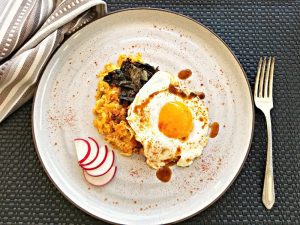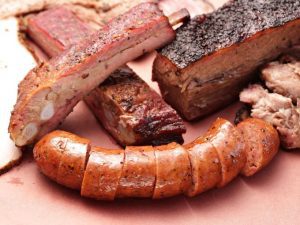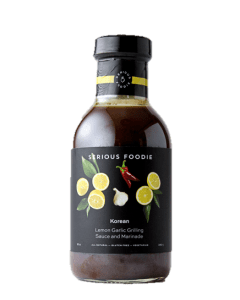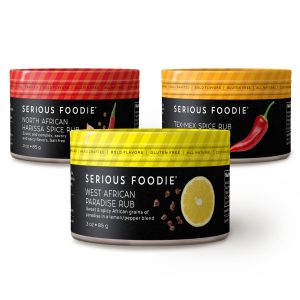Paleo or Keto or Vegetarian? It’s a hard choice when trying to lose some weight, and wanting to maintain a healthy diet, especially long term (we’re not going to be making any value judgments on meat versus vegetables here). We tried a strict vegetarian diet – and lost hardly any weight. Too many legumes and grains drove our carb load up. It’s not impossible, just hard. But we’re not knocking the veggie/vegan trend at all, but a goal most people have when dieting is to lose a few pounds. And many dieters do like meat.
Let’s start with a few fundamentals – like defining the differences between paleo and keto and vegetarian diets.
A vegetarian diet is pretty clear – eat more vegetables, especially the leafy green type. The details are VERY important, especially making sure that all your nutritional needs are covered. A vegetarian diet isn’t as restrictive as a vegan diet, so you can still eat eggs and dairy products which are great for getting your protein needs covered. The added beans and grains also provide nutrition, but also add carb calories – which are restricted on the other two diets. However, you want to make sure you get your daily intake of protein. Want to learn more detail? We found a great article showing the health benefits of a vegetarian diet, and comparing it to the very popular Mediterranean diet (click HERE).
A paleo diet is based on foods supposedly accessible to Stone Age humans – so, lots of meat, fish, and plenty of non-starchy vegetables and fruit are the main stays of a paleo diet. There is no refined sugar, or dairy, and grains and starchy vegetables are kept to a minimum. Be prepared to do a lot of your own cooking, since processed foods are completely out – Fast food An important part of the paleo diet is the lifestyle component that focuses on wellness practices and exercise, as well as plenty of water (sorry – adult beverages are eliminated).
The keto diet (or, more formally ketogenic diet) is a high-fat, low-carb diet that forces your body into a metabolic state called ketosis. An early version of the keto diet is Atkins, which basically limits your carb intake to 20 to 25 grams of net carbs per day. The basic keto diet has many variants, but basically restricts net carb intake to no more than 10% of your calorie intake per day. There are a lot of good aps that guide you through the details of what & when to eat on a keto diet, such as Carb Manager.
Here’s a compromise that has worked well for us folks at Serious Foodie: 3 days vegetarian, 3 days paleo. We leave one day for “cheating”, adding maybe a bit of carb. So far, so good. After a few weeks, we’re down a few pounds. And don’t forget the exercise.
Want more info? We found a lot of useful guidance on Healthline.com, EverydayHealth.com, and Noom.com.
When we do our dieting, especially veggie-based recipes, we absolutely need and want flavor. But without adding much in the way of calories. So here’s a few tricks:
• Use sauces. Lots of flavor packed into a small amount of calories. Our favorites are Serious Foodie Korean sauce or Indonesian Sambel (of course – but we’re biased).
• Flavored oils and vinegars. If you like mushroom, then drizzle a bit of truffle oil over anything. Not cheap stuff, but a little bit goes a long way. Or make your own.
• Spice blends and spice rubs. If you’ve followed us for a bit, you know how obsessed we are with using these. Use a good blend or rub on tofu or eggs – less salt, more action. How about over those boring rice and beans? Instance pizzazz. Tired of that roasted chicken, or dull steak? All you need is love, and a bit of spice rub. Check out the collection of Serious Foodie spice rubs HERE.









